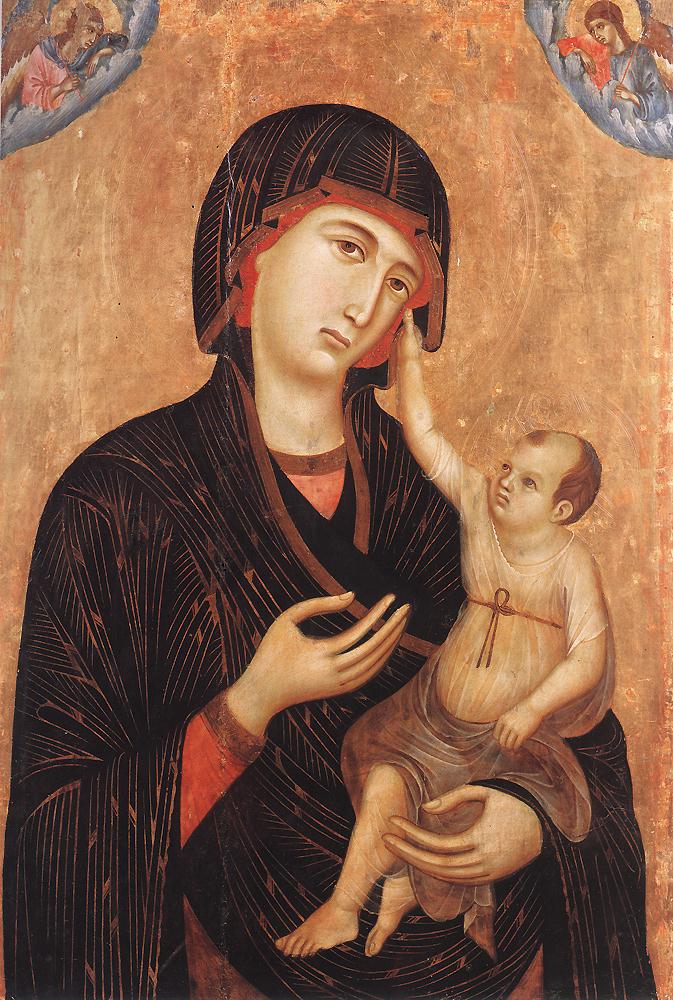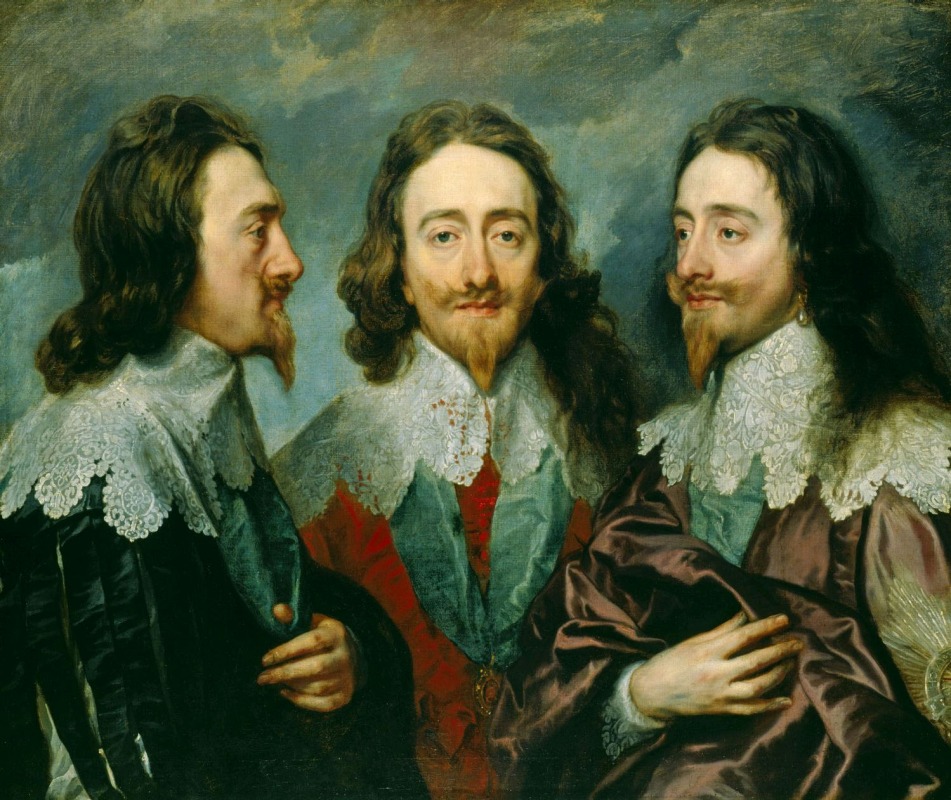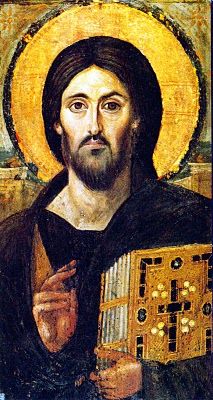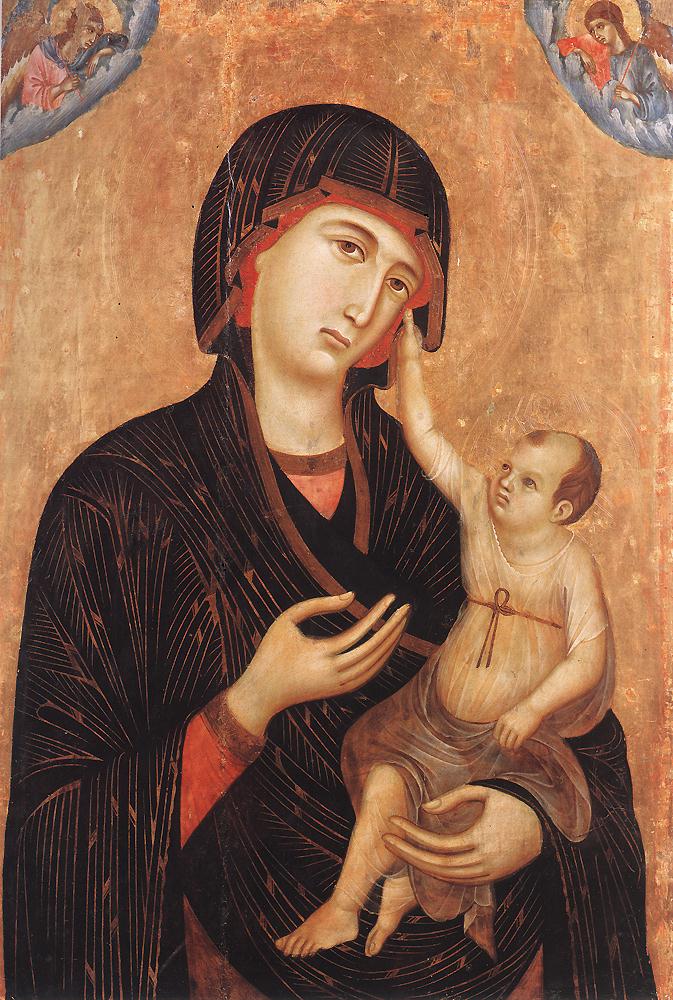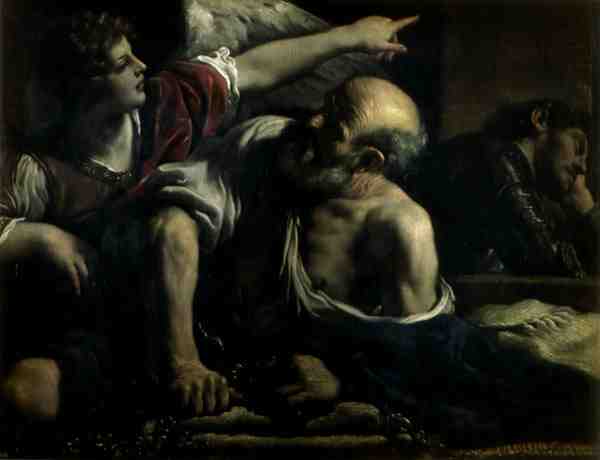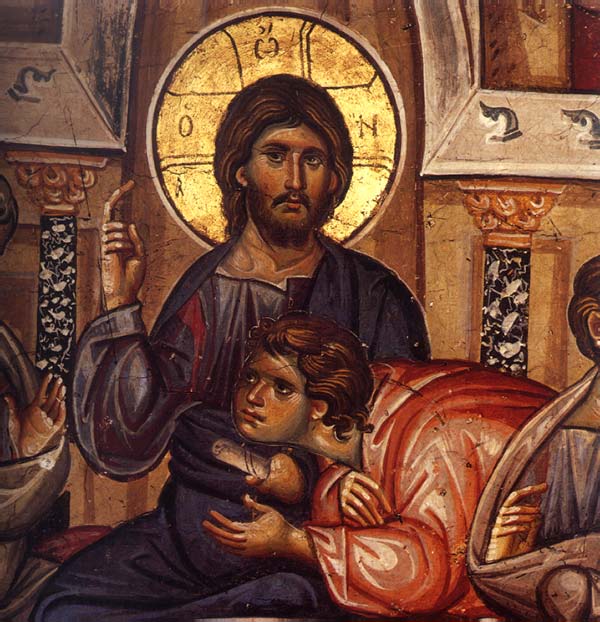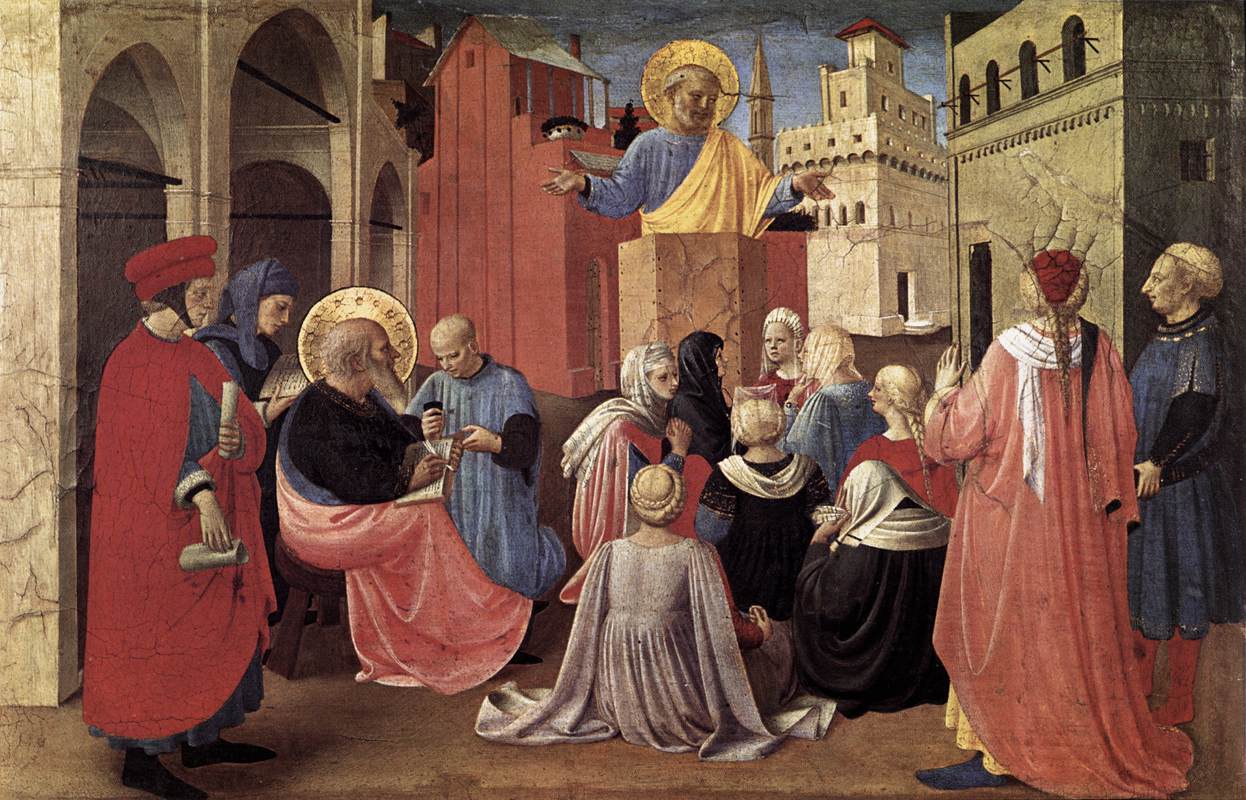Here is an exciting and innovative approach to financing original works of sacred art. It comes from the recently formed John Paul II Foundation for Sacred Arts.

It is a free market approach in which artists are motivated to create work of sufficient quality that it will fulfil its purpose fully, which means that it will connect with congregations in their worship. If he fulfils both of these criteria, then through this system, he will generate enough return that he will have more than a living wage.
Instead of a traditional endowment or commission model, the Foundation partners with artists in an entrepreneurial venture to fund a given project at cost. This format makes funding sacred art financially accessible to donors of all levels. Grants are crowd-funded and paid in installments throughout the creative process to pay the artist’s material costs and living expenses. Upon its completion, the artist retains primary ownership of the work, while the Foundation enjoys a share in the proceeds of any sale of the work, associated prints, or revenues from displaying the work.
The great strength of this, is that once the artist is selected for crowd-funding, he is still not guaranteed success. The funding will only come if the crowds are interested, so to speak. In other words, it must appeal to large numbers of ordinary, non-elites as well.
This is the ultimate test of beauty - it appeals to the cognoscienti and hoi polloi alike. As Benedict XVI said in A New Song to the Lord (p123): "It is precisely the test of true creativity that the artist steps out of the esoteric and knows how to form his or her intuition in such a way that the other - the many - may perceive what the artist has perceived."
This is saying that while all that is popular is not beautiful; all that is beautiful will be popular (provided enough people are exposed to it). Therefore, the judges who consider its appropriateness for sacred art must consider also whether this is likely to connect with congregations. If they get it wrong and no one wants to fund it, they won't make the same mistake twice! It is, in part at least, self-selecting.
Some artists may still argue that they won't be able to access this funding unless they can first jump through the hoop of judges' selection. This is true. But if that happens to you...start your own crowd-funding foundation! The best will rise to the surface and the crowds will decide which judges they trust, and whose art they want to back.
The Foundation is inspired by the personal experience of its founder, Fr. Michael Burbeck, who had a profound conversion sparked by the transcendent beauty he found in the great churches of Europe. This encounter with beauty set him on a path to the Catholic faith and, ultimately, the priesthood.
He told me:
As then-Cardinal Ratzinger wrote, “The encounter with the beautiful can become the wound of the arrow that strikes the heart and in this way opens our eyes.” Similarly, because of beauty, I found the Catholic Church, fell in love with her, and was convinced of the truth of her teachings. That is the power of sacred art.”
The art I encountered was the fruit not only of a culture of faith, but of a system of patronage where art and artists were promoted and financially sustained. That system no longer exists, and yet, as Pope St. John Paul II says so plainly in his Letter to Artists, “the Church needs art.” The John Paul II Foundation for the Sacred Arts exists to help meet that need — to promote sacred art by partnering with artists who share our belief in the evangelical power of beauty.
The Foundation is currently funding its first work, a painting of Our Lady of Guadalupe by Cameron Smith - a full-scale re-presentation that the artist describes as “faithful to the message and spirit of the original mystical image … simultaneously familiar and strikingly new.” It is our hope that this work of authentic beauty will bring the image and message of Our Lady of Guadalupe to a new generation.
This is so different from the most common model of organizations founded to promote beautiful art in the Church. The standard format that I have seen is to have a call for artists, organize an exhibition, and then have an event with prominent speakers to draw people in to see it. The weakness of this model is that the assumption is that the artists are already out there and all we need to do is publicise their work. What happens in practice is that the exhibition is forced to lower standards in order to have enough art to show. People listen to the high ideals of the rhetoric, and they can see that the art doesn't match up to it and as a result very little happens except that it undermines the message.
Every time such an event is organised, I always hope I will be proved wrong and perhaps things have improved enough now so that such events will be successful. If so, terrific! Nevertheless, the John Paul II Foundation at least provides some alternative approach that can be responsive and allow the style that connects with congregations today to emerge organically and naturally if it isn't there intitially.Regardless, the John Paul II Foundation at least provides an approach that can be responsive and allow the style that connects with congregations today to emerge organically and naturally if it isn't there intitially. This need not be an alternative - it is method that could be added to existing intitative as well, it seems to me.
For more information or to make a donation, visit their website: www.sacredartnc.org or contact director@sacredartnc.org.
For more information on Cameron Smith and his work, visit www.smithcatholicart.com. Two examples of his work are shown below.







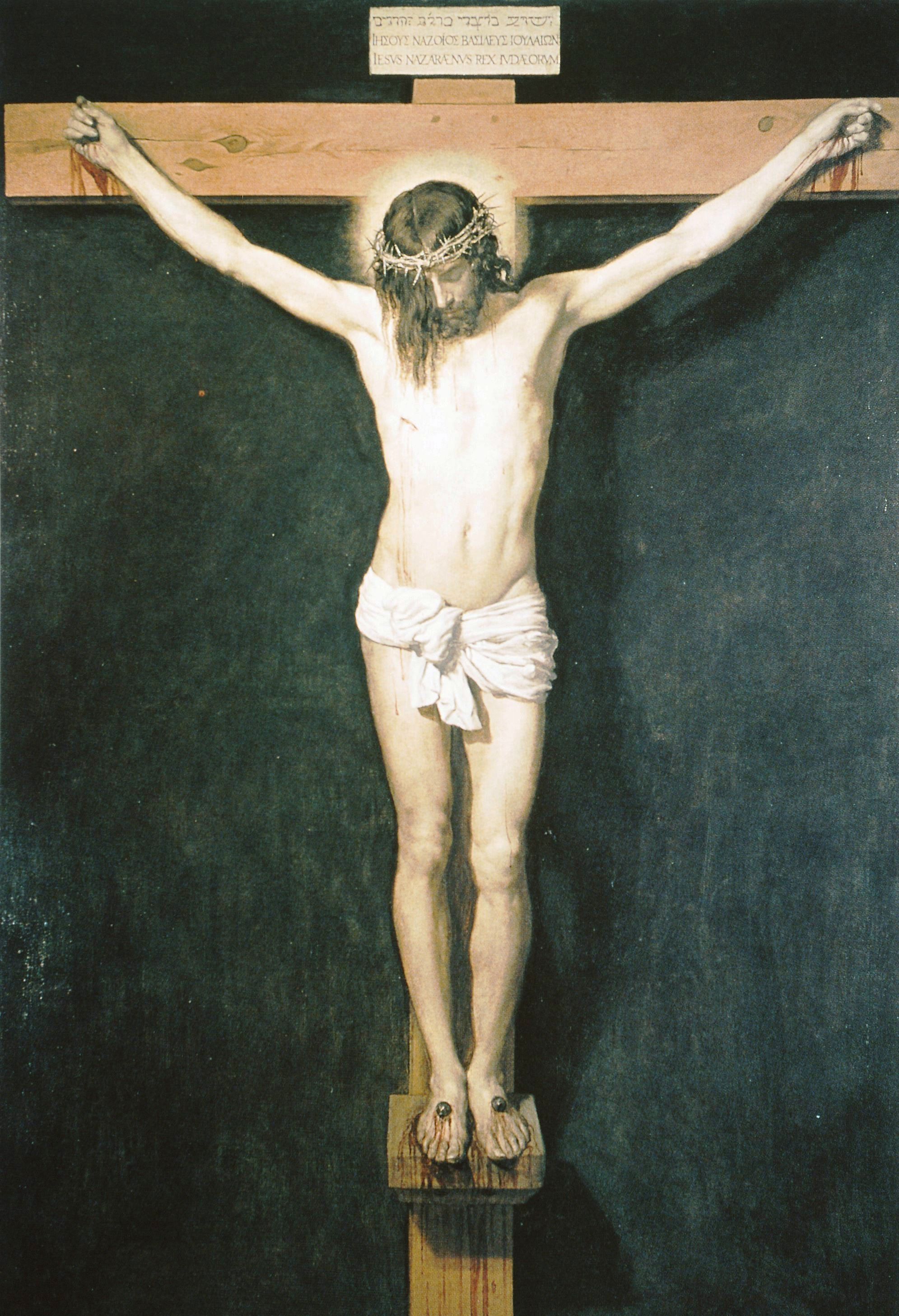

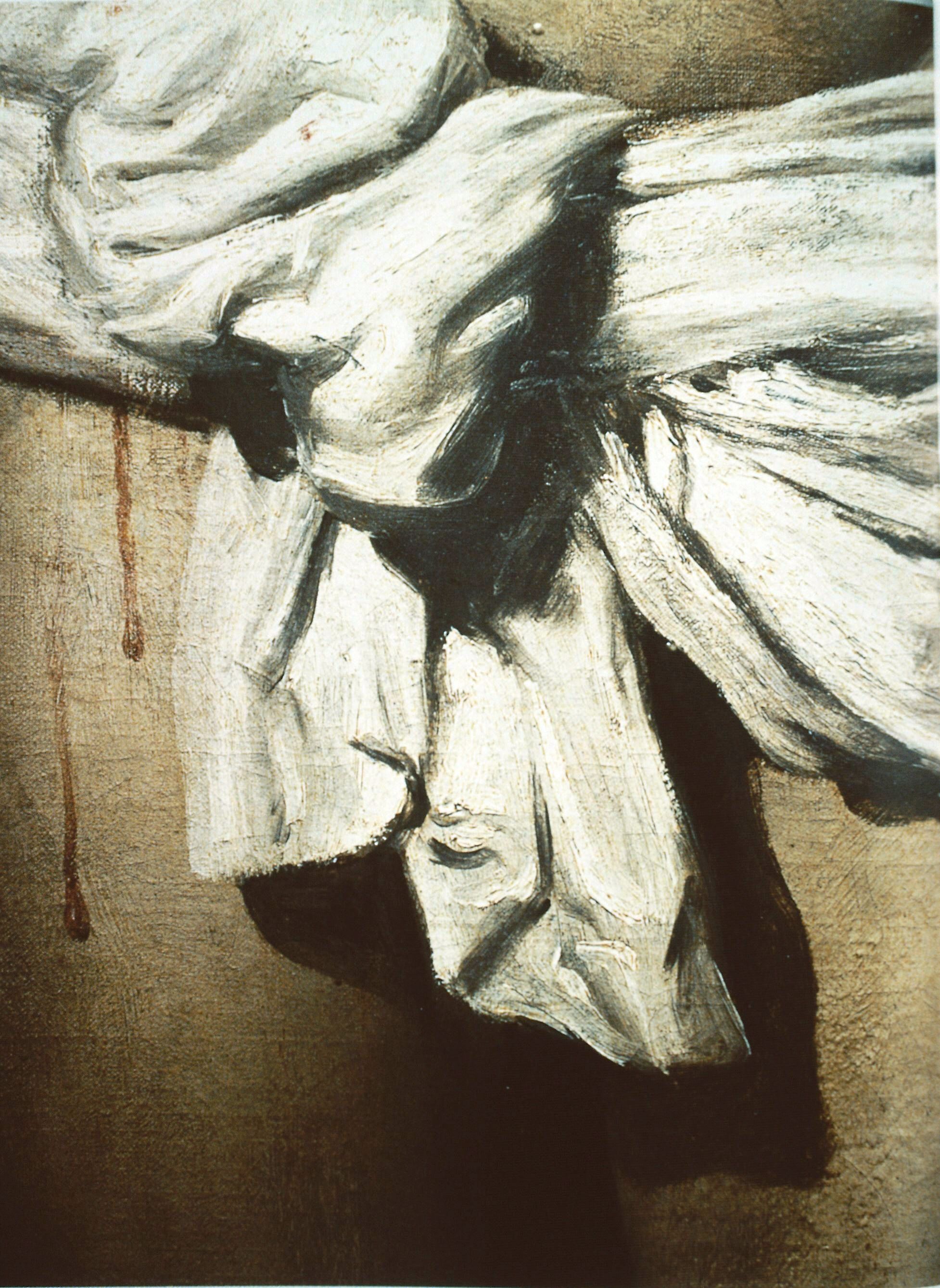
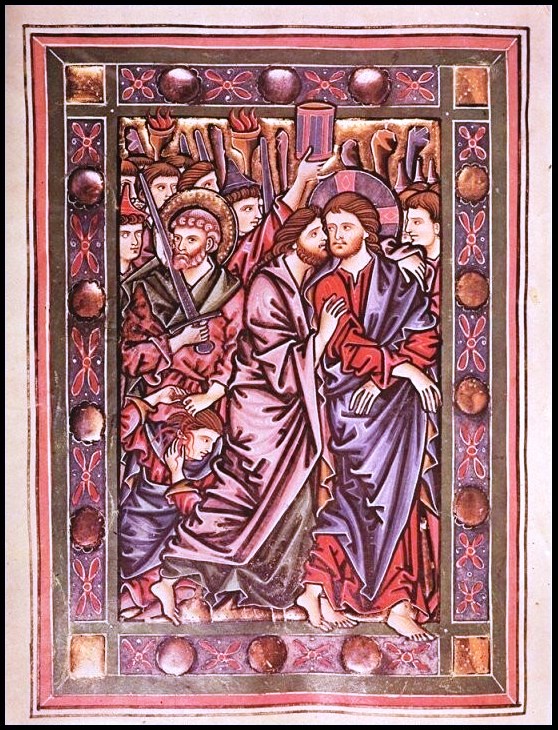
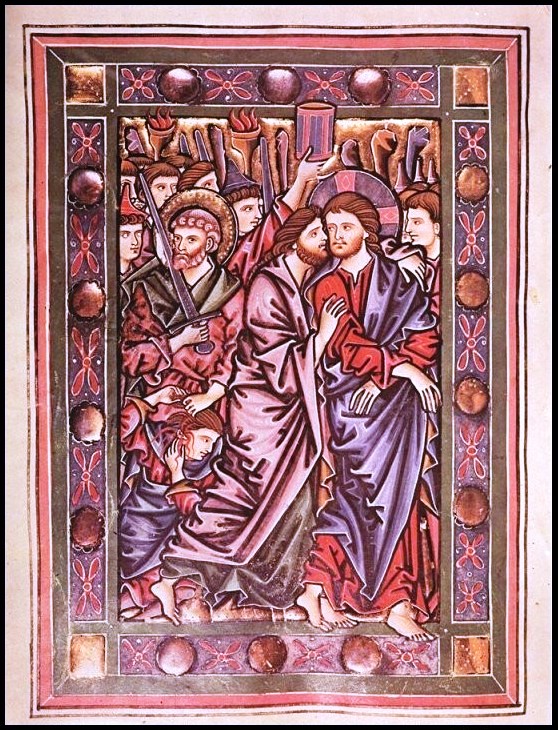
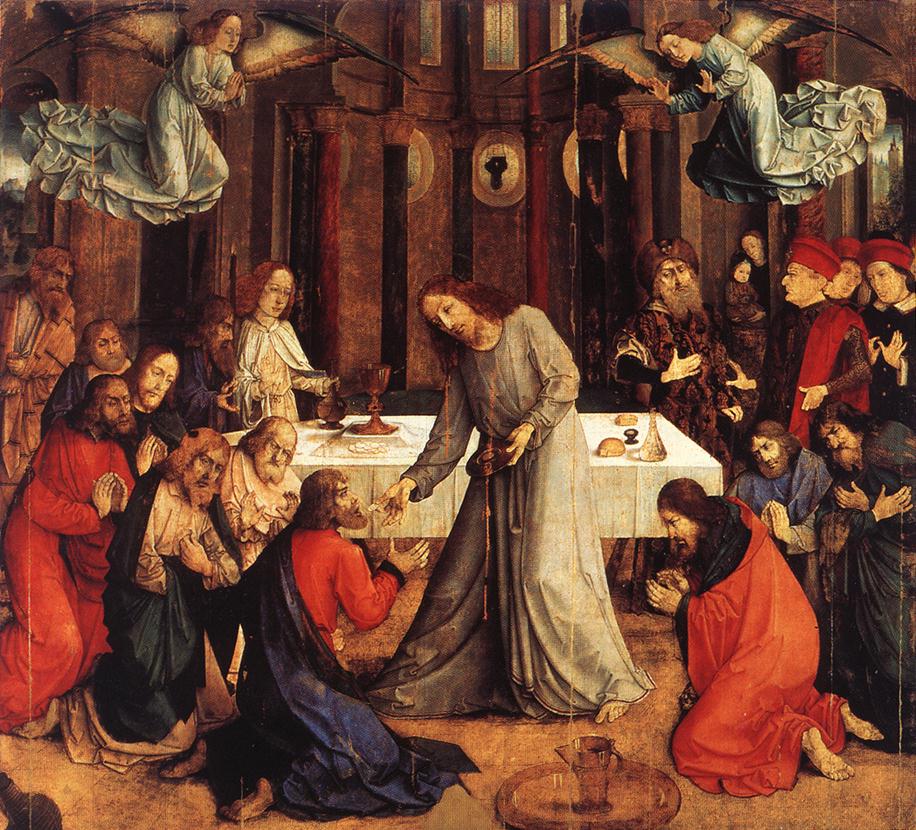
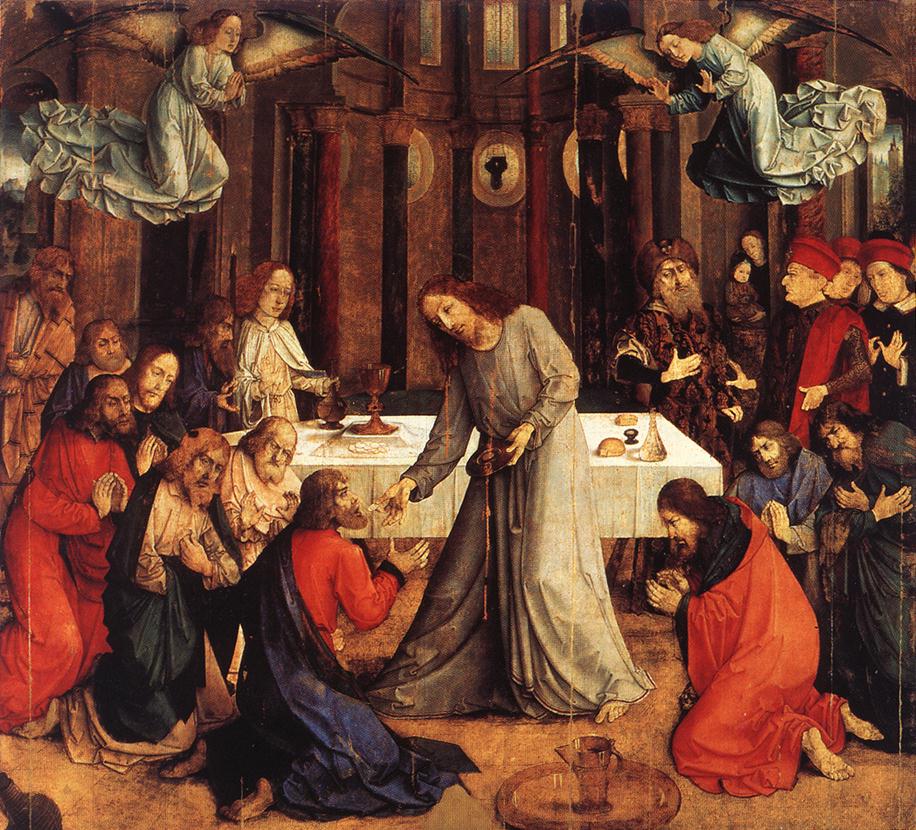
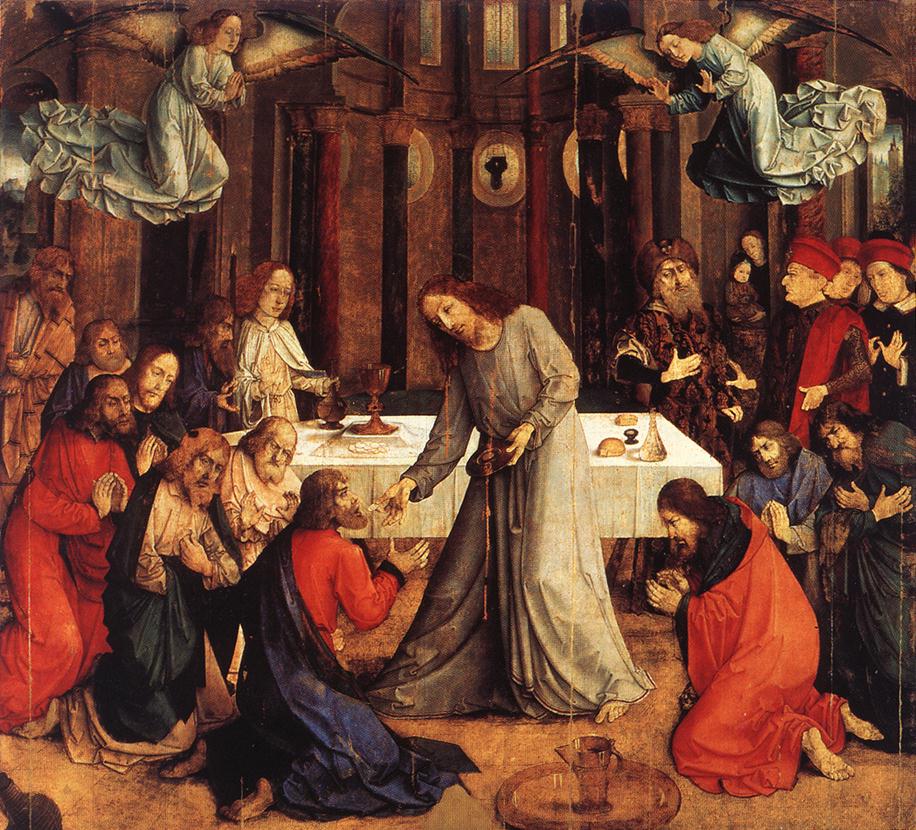

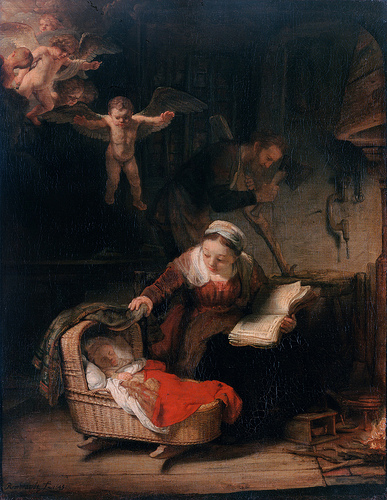
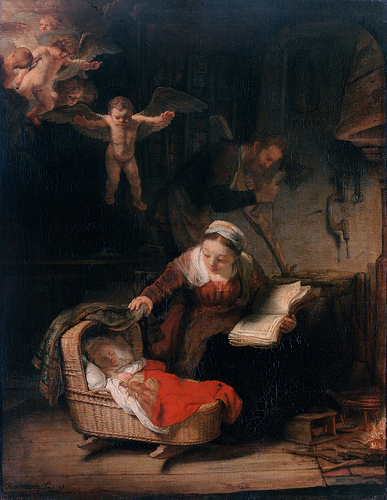

 Marc Chagall’s work is very much a product of this 20th century spirit of self-expression and individualism.
Marc Chagall’s work is very much a product of this 20th century spirit of self-expression and individualism. Secondly, sacred art can be good devotional art without being appropriate for the liturgy. The art that we choose to for our own private prayer is a personal choice based upon what we feel helps our own prayer life. We have to be more careful when selecting art for our churches, allowing for the fact that personal tastes vary. While for my home I would pick whatever appeals to me; for a church I would always choose that art for which there is the greatest consensus over the longest period of time. Accordingly I am much more inclined to put aside personal preference and allow tradition to be the greatest influence in the choices I make. For the liturgy, therefore, I would always choose that art which conforms to the three established liturgical traditions: the baroque, the gothic and the iconographic. I would not put Chagall in a church.
Secondly, sacred art can be good devotional art without being appropriate for the liturgy. The art that we choose to for our own private prayer is a personal choice based upon what we feel helps our own prayer life. We have to be more careful when selecting art for our churches, allowing for the fact that personal tastes vary. While for my home I would pick whatever appeals to me; for a church I would always choose that art for which there is the greatest consensus over the longest period of time. Accordingly I am much more inclined to put aside personal preference and allow tradition to be the greatest influence in the choices I make. For the liturgy, therefore, I would always choose that art which conforms to the three established liturgical traditions: the baroque, the gothic and the iconographic. I would not put Chagall in a church. When Caravaggio produced his work at the end of the 16th century it had such an effect on the art of the Rome that nearly all other artists modeled their work on it. However, the basis of this new style was not mysterious. He presented a visual vocabulary that was a fully worked out integration of form and theology. It was the culmination of much work done over a period of time (about 100 years) through a dialogue between artists and the Church’s theologians, philosophers, liturgists. It became the basis for a new tradition because the integration of form and content was articulated and understood, so other artists could learn those principles and apply them in their own work. It was possible to reflect that style, and develop it further, without blindly (so to speak) copying Caravaggio. They copied with understanding.
When Caravaggio produced his work at the end of the 16th century it had such an effect on the art of the Rome that nearly all other artists modeled their work on it. However, the basis of this new style was not mysterious. He presented a visual vocabulary that was a fully worked out integration of form and theology. It was the culmination of much work done over a period of time (about 100 years) through a dialogue between artists and the Church’s theologians, philosophers, liturgists. It became the basis for a new tradition because the integration of form and content was articulated and understood, so other artists could learn those principles and apply them in their own work. It was possible to reflect that style, and develop it further, without blindly (so to speak) copying Caravaggio. They copied with understanding.

